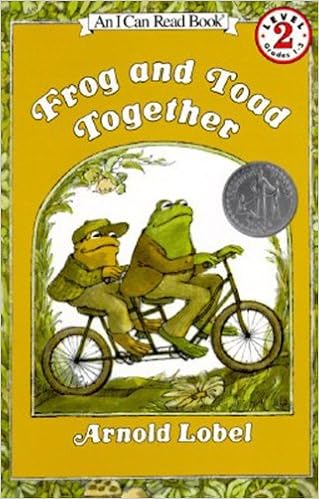Since the briefing last Friday I have been considering which which three books I would like to design universal covers for. My initial thought was that that I must have a strong interest in the books I am to design for whether that be the concept they cover, the era they are from, the images already surrounding them or their target audience/purpose. An interest in what I doing from the beginning of this project will continue to motivate me throughout. Another thought is that I would like each book to be disparate from one another in at least one area e.g. the genre, audience or age. This will be to give myself a challenge and hopefully prevent formulaic outcomes.
I wouldn't describe myself as a big reader and haven't really read anything for leisure purposes over the past 3+ years. I have been reading more in moderation to supplement my work. For this reason I decided at first that it might be a good basis to start with Rudolph Arnheim's 'Art and visual perception' a book that I read in part last year, summarising Gestalt theory and how a graphic designer communicates with the viewer. This book was at the forefront of my mind due to its very simple 1972 cover that features luminous green and yellow side, which struck me as an odd choice. One possibility is that I could focus on seemingly anti-graphic covers as my theme and reimagine them.

Ben suggested that I look into Bruno Munari's 'Design as Art' as an alternative or possible accompaniment to Arnheim. Over the past week I have been reading essays from Munari's book and have decided it has greater visual potential than 'Art and visual perception'. Munari has a very casual style due to the book being a collection of thoughts almost like he is working in a diary or journal with accompanying sketches and experimentation. I then started looking for books that might share the same conversational style whilst musing elements of design, art or life in general.
My first lead came from within Munari's essay 'Poems and Telegrams' in which he references German artists Paul Klee. Instead of Klee's art Munari talks about his poetry: "Klee once wrote a poem and filled the spaces between the letters with various colours. The result was that the words revealed themselves to the conscious in slow motion". In the back of my mind I was looking for some relevant poetry so I looked up Klee's poetic work. None had been published during his life time but there was a book called 'Some Poems by Paul Klee' that featured a collection of 21 short poems in a very casual, journal-like style, akin to that of Bruno Munari. Although the book itself did feature any illustrations there should also, of course, be some visual research to draw inspiration from. There is also crucially a strong element of philosophical muse amongst the context of the poems.

With my 3 books decided and semi set in stone, the next step is to get on and complete as many Xmas exercises as possible and conduct thorough research to make design inspiration easier.

No comments:
Post a Comment